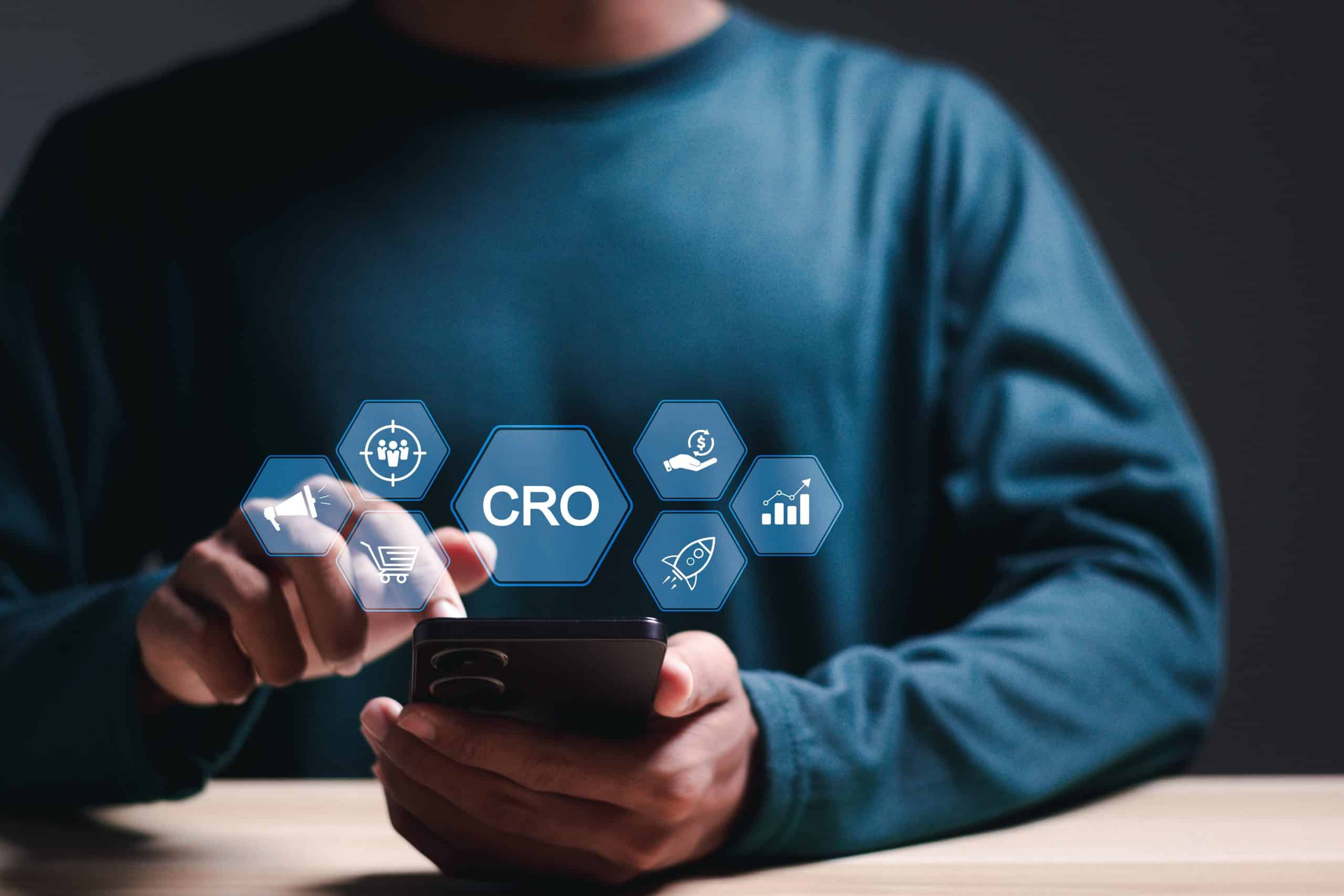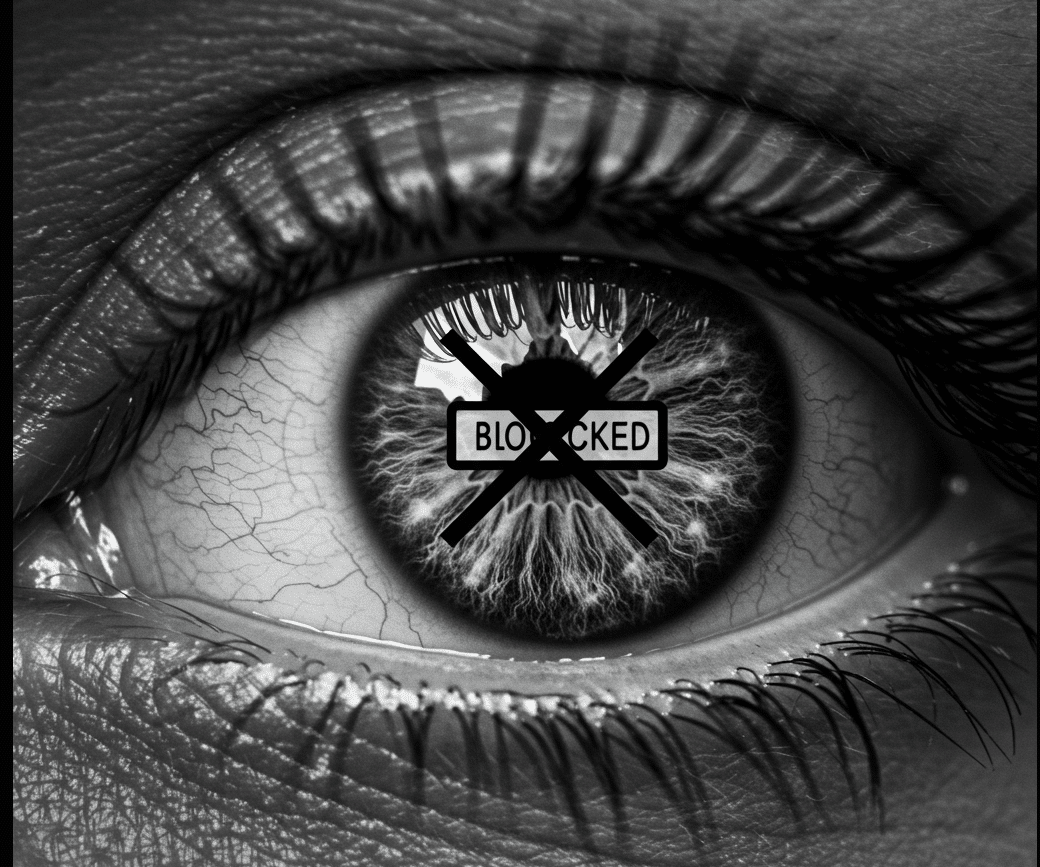Conversion rate optimization (CRO) has been around in some form or another since people first started selling goods. At its heart, CRO is about making it more likely that a customer will complete their purchase, usually by analysing existing customer data — how they behave during the shopping journey, what items are commonly bought together, whether they are drawn to items shown in a particular way, etc. Essentially, the more information you have about your customers’ behavior, the more insight you will have to direct your CRO strategy, but this process can become incredibly complex.
E-commerce has made it easier than ever to collect data points around the purchasing experience, but the volume is often impossible for us to process manually. Existing software tools have made it easier to group data points together and identify patterns, but this has still been a fairly slow and involved process. You might even find that your conclusions are no longer relevant to the market, since customer activity can change by the day, month, or year. If you’re trying to respond in real-time to customer behavior, you’ve likely noticed the limitations of current CRO technology.
This is where artificial intelligence has come in and changed the game.
What is AI Conversion Rate Optimization?
AI conversion rate optimization is simply the use of artificial intelligence within a CRO strategy. Since AI is able to analyze vast quantities of data almost instantly, it makes it easier for retailers to understand and react to shifts in customer behavior. This is particularly important at a time when many businesses are struggling to see real returns from their marketing investments, especially when it comes to search and social. Rather than just flagging possible patterns and trends, AI tools look at actual customer behavior to recommend specific actions or even act autonomously to reduce time to market. You can program an AI CRO strategy to look at specific combinations of data or factor in granular data points, like how long a customer’s cursor spends on each part of the website, or which items are most commonly removed from a basket before checkout.
It’s this kind of insight that’s critical for identifying high intent users, who are more likely to convert. While these are details that a human might be able to track and assess manually, they can’t do it at the scale required by a popular modern business. Introducing AI conversion rate optimization frees up human staff to focus on more complex issues and equips them with the analysis they need to make informed decisions.
AI CRO will only become more useful over time, too: AI algorithms are able to learn from their previous activity and conclusions, then adapt their analysis accordingly. This allows you to deepen your understanding of your customer and serve them a more tailored experience, without needing to edit the software program.
Businesses are increasingly aware of the need to act quickly when it comes to technology innovations, but it can be intimidating. Many teams are realizing that their current marketing spend is not paying off, whether due to top-of-funnel focus or simply a mismatch between their needs and their marketing tools. AI programs can be expensive to invest in, tricky to deploy effectively, and confusing for the average person. However, taking the time to figure out an AI CRO strategy can reap serious rewards.
How to Leverage AI for Better Conversion Rates
Creating Content
Dynamic imagery and video can be used to capture customer attention and keep shoppers on a webpage for longer, increasing their chance of conversion. Not only is good content attractive, it can give your audience a more three-dimensional understanding of your product and business. By providing this greater clarity and context, you can make your customer more confident in their purchase. The challenge is that creating this content can be time-consuming and expensive, especially if you want to have unique content across different pages on the site.
By leveraging AI within your CRO strategy, you can both generate new content and direct your customers to existing relevant material, so you maximize the value of assets you’ve already spent time and money on. At the most bespoke end, the AI might look at data on customer behavior to create a hyper-personalized campaign video for each shopper. Customers are more likely to respond to material that incorporates their taste and preferences, so these AI-produced campaigns will drive higher conversion. Alternatively, AI might use customer information to select which brand images they see when they arrive on the company landing page, to better connect with their interests and prompt browsing. The best tools will allow users to seamlessly display this content in various formats to maintain visual interest, such as carousels and vertical ads.
Personalization
It can be overwhelming to make purchasing decisions in today’s saturated market. The companies that are able to serve their customers individually and make them feel understood can rise above their competitors by making the shopping experience more streamlined. Previous personalization efforts focused on a few obvious metrics and then grouped customers accordingly, creating segments that were often too broad and siloed for true connection. Rising customer expectations often mean that these “personalized” recommendations fall flat.
With AI in the mix, personalization becomes much more detailed and precise. AI is able to compile a 360-degree view of each customer, combining their personal information and preferences into a set of one-of-a-kind recommendations. For instance, rather than just recommending any shoes available in a specific size or color, an AI-fueled personalization may suggest only items in a style, color, and size that suit the shopper’s taste and that are available for delivery to their area. By putting in the effort upfront, you reduce any barriers to purchase that may trip up the shopper later in their journey.
Predictive Analytics
For years, sellers have been looking at records of how their customers act to imagine what they might do next. Predictive analytics is critical for conversion: By focusing on user intent, rather than user identity, businesses get a much more accurate prediction of behavior. However, flawed or insufficient data have often corrupted these guesses, wasting time and money. Newer, more advanced software has made it possible to create more complete pictures of customer behavior, but it often requires a lot of manual control to make relevant predictions. In practice, many vendors have had to limit their predictive analytics to just the most lucrative or important segments of the business.
This is where artificial intelligence comes in, making it easier than ever to make educated predictions about customers’ future activity. The most specialized tools enable businesses to set custom metrics around engagement and behavior, to capture the most relevant data. Since AI algorithms will adapt and evolve over time, this allows them to grow more and more accurate as they learn more about the customer base. Since they can be programmed to automatically react to different conditions, AI-fueled predictive analytics are much more hands-off and don’t require constant manual adjustment. This makes it easier to scale the analysis and get insights into all activity areas, not just the most sensitive.
Chatbots
One of the most familiar uses of AI has been in the form of chatbots. At their most rudimentary, they might require users to select from a list of options to receive more information, or direct them to various pages on the website. With AI-supported chatbots, however, you can recreate the customer support experience with actual conversation and typed communication. These chatbots are capable of recognizing key words, drawing upon customer data, and formulating sentences, to answer common queries around purchasing.
While there will always be situations that require a human agent to resolve them, chatbots can be deployed to solve more basic issues with speed and efficiency, so that agents can focus on more involved requests. This reduces the risk of losing any conversions due to customer support wait times.
Automated A/B Testing
A/B testing is a popular way of finding out which is the more effective of two options, but it can be time-consuming and expensive to conduct at scale. Automated A/B testing through artificial intelligence speeds up the process of comparing two options with real-time data, so you can optimize your website. Examples of A/B testing include using different landing page images, deploying different colors or font types, using different copy, or even reorganizing page layouts. AI takes A/B testing to the next level by using previous activity to inform its choices and iterating on this, to find the ultimate optimized experience.
How to Integrate AI with Traditional Optimization
Overhauling an entire CRO strategy can be time- and labor-intensive, but that’s no reason to delay getting started. Businesses that start working with AI before their competitors will gain an edge on the market, even if they begin on a smaller scale.
Effective integration often begins by identifying the most vulnerable or underperforming areas of the business and using this as the first testing ground. The results are likely to be more obvious when there is so much room for improvement and positive returns can be used to help justify the business case for greater AI adoption. This also protects any traditional but effective protocols from unnecessary replacement — while you might decide to upgrade them over time, it’s more valuable and resource-efficient to the business to fix the underperforming sectors first.
Once you know which aspects of the business you want to target, it’s important to identify the right tools and providers to support your efforts. Not all AI CRO tools are created equally, so it pays to be strategic. It can be worth testing out free software, or doing a trial of a product from one of your existing providers, before committing to an entirely new third-party solution. If you’ve already worked positively with a performance marketing partner, investigate whether they offer AI-supported tools you could add onto your existing suite.
When in doubt, opt for more basic plug-and-play solutions that you can add onto and scale up, so that you don’t get overwhelmed by too many features at once. Many vendors prefer to start with upgrading their personalization efforts and their customer service chatbots, before automated A/B testing or video creation.
Top Tools for AI Conversion Rate Optimization
Pathmonk
Pathmonk uses AI throughout its CRO program, focusing on optimizing every stage of the customer journey. It pulls information from multiple different marketing channels and condenses them into a single, clear analysis so you can feel confident that you’re utilizing all the data available to you. Use these insights to identify and resolve bottlenecks in the shopping journey, increasing overall conversion. The plug-and-play installation format means you can start generating insights almost immediately, and there’s a free trial for new users.
Realize
Realize is designed to address the performance part of the funnel (consideration and action) in a time when marketers are finding that social and search channels are exhausted. The platform allows users to access a range of creative options and even easily repurpose their existing assets through the Social Importer tool. Realize also offers quick and intuitive landing page building and a series of streamlined workflows. Its predictive audience targeting uses behavior and intent, rather than identity, to better understand the customer, so you can focus your efforts on those most likely to convert. Finally, all of these tools are enhanced by the Abby AI assistant, which uses a conversational style to lead users from campaign conception to production.
Advanced AI which enables precise targeting, engagement optimization and budget simulation, to maximize ROI. realize:
Unbounce
Unbounce optimizes landing pages, which form a key part of any promotional campaign. The company uses AI to determine which landing page design and layout will be most compelling for different customers, to keep them engaged and moving forward on their customer journey. Not only does the platform support advanced A/B testing, it also includes an AI copy generation tool so that you can iterate on the most impactful text for your website.
OptiMonk
Optimize individual product pages with OptiMonk’s new AI toolset. The software is able to update your product pages in real-time with fresh, effective copy and A/B test various performance metrics to ensure returns. Pop-up banners can be similarly optimized, to increase engagement and capture more customer information. This is a great option for anyone new to AI since so many of the programs are automated and require minimal prior knowledge.
Mistakes to Avoid When Using AI
Going Too Big, Too Soon
AI holds a lot of promise, but businesses can accidentally sabotage their efforts by trying to do too much at once. They may find themselves overpaying for a wide range of tools that do more than they need, or trying to implement a lot of new technology programs simultaneously. Inefficient implementation will drain resources and can even hinder operations, so it’s important to work strategically. If you’re new to AI, a slow and steady approach will introduce you to AI in a more manageable way, by letting you focus on one aspect at a time. Alternatively, look for AI tools with a built-in guide or assistant to lead you through those initial stages.
Feeding the AI with Bad Data
An AI algorithm is only as good as the quality of its data. In order to conduct analysis and generate appropriate guidance, AI tools need a steady flow of clean, organized information. If you feed the AI a mix of flawed or incomplete data, you’re going to receive unbalanced and inaccurate conclusions. Before you start running any AI programs, make sure that your datasets are up-to-date, accurate, and relevant to your business goals. Alternatively, work with an advertising partner whose AI is based on years of solid, reliable first-party data.
Removing All Human Oversight
Automation is incredibly valuable, as it allows humans to focus their attention on higher-level tasks, but that doesn’t mean you should remove all human oversight from your CRO programs. While the AI is there to help produce the analysis, it is your employees who will know which are the most insightful questions and where the most impact can be had. It will also be human eyes that catch any issues or flaws in the end product, so it’s important to maintain visibility over operations so that any problems are found and addressed quickly.
Key Takeaways
AI can help enhance your conversion rate optimization in several ways, including content creation, hyper personalization, real-time A/B testing, and predictive analytics. Be sure to maintain human oversight, though, and take the implementation of AI one step at a time, to be sure each aspect is functioning as intended.
Frequently Asked Questions (FAQs)
What is the difference between AI and traditional conversion rate optimization?
Traditional conversion rate optimization relies on manual testing and analysis to get results, which can be accurate but also slow and inefficient. If you’re running a small operation, you may not have the manpower to do this at scale, and if you have a large operation, then the volume of data may be too overwhelming for a human team. AI-fueled CRO uses artificial intelligence to collect, organize and analyze the data, so that you can process vast amounts of information in real-time. This enables teams to optimize their operations more efficiently and continually evolve with the market, since AI programs will continue to learn and improve as they go. AI CRO tools make it possible to ask more specialized questions and dig into the finer details, since less time needs to be spent on basic analysis.
Is AI better at conversion rate optimization than humans?
Artificial intelligence is faster at processing and analyzing data than a human is, which makes it a very useful tool for modern businesses. However, it can only look at what it’s told to and answer questions that humans have asked it; it relies on human strategy to shape its activity. It’s important to remember that AI is a tool that humans can use to speed up and finetune their work, rather than a replacement of their whole function. Humans must initiate and direct conversion rate optimization, but AI can produce results quicker than if humans acted alone.
What tools do you need for AI conversion rate optimization?
If you want to introduce AI conversion rate optimization, it’s critical to partner with a software provider that utilizes AI in its design. There are many AI-specific tools that have newly arrived on the market, while some more established CRO providers are now adding AI to their existing toolset. The specific tools you need will depend on how you want to introduce AI to your CRO strategy. Some target only one or two elements, such as A/B testing or chatbots, while other programs are designed to be a one-stop-shop for all AI CRO needs. The right tool(s) for you will depend on your specific business goals, your resources, and your current suite of tools.



